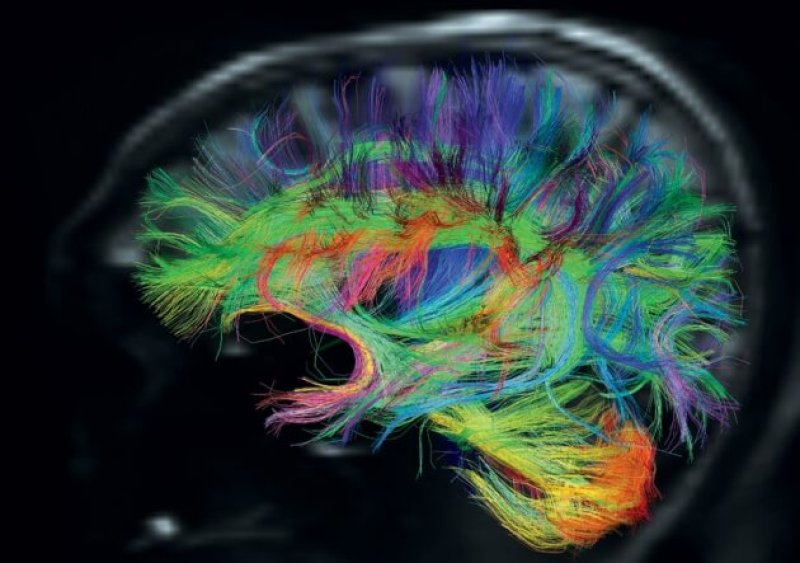Matt Angle’s claim might have sounded eccentric before: for years, he insisted that the key to solving one of neuroscience’s most intractable challenges lay in a 1960s-era technology invented in the tiny nation of Moldova.
…the U.S. Department of Defense selected Angle’s small San Jose-based company, Paradromics Inc., to lead one of six consortia it is backing with $65 million to develop technologies able to record from one million individual neurons inside a human brain simultaneously.
Recording from large numbers of neurons is essential if engineers are ever to create a seamless, high-throughput data link between the human brain and computers, including to restore lost senses.
…
Now the federal contracts, handed out by DARPA, offer a peek into what cutting-edge technologies could make a “brain modem” really possible. They include flexible circuits that can be layered onto the brain, sand-sized wireless “neurograins,” and holographic microscopes able to observe thousands of neurons at once.
…
In Paradromics’s case, the eventual objective is a high-density connection to the speech center of the brain that could let the company tap into what words a person is thinking of saying. But if the technology works out, it could also vastly expand the ability of neuroscientists to listen in as large ensembles of neurons generate complex behaviors, knit together sensory stimuli, and even create consciousness itself.
The GLP aggregated and excerpted this blog/article to reflect the diversity of news, opinion, and analysis. Read full, original post: U.S. to Fund Advanced Brain-Computer Interfaces































